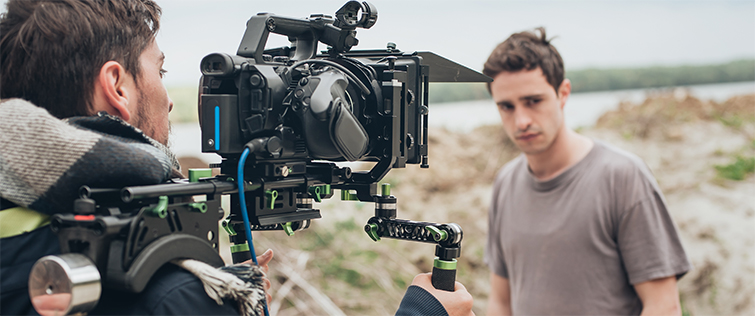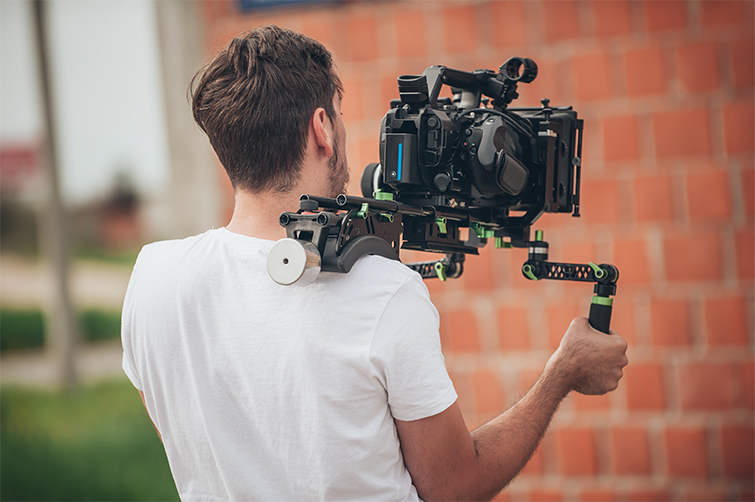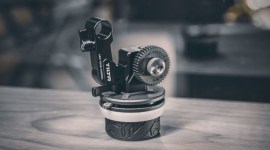
Check Out These Techniques for Working with and Mastering Depth
Creating depth is more than just a shallow depth of field. Take a look at some of the best ways you can use depth to your advantage.
Cover image via Shutterstock.
While many factors can make your work look more cinematic, depth is a key component. While a shallow depth of field is a great beginning, there are many things you can do as a cinematographer to help depth play a key role in your work.
Depth of Field

Image via Shutterstock.
I’ll get the easy one out of the way first. A shallow depth of field, for example a low T-stop, will quickly give you the best perception of depth without any additional lighting. Using this method is the first stop on the way to creating depth in your images.
Foreground and Background

Image via Shutterstock.
Use multiple layers of depth. This can help a scene really pop by creating distance between your foreground, background, and subject. Most cinematographers rely simply on the blur of the background to create depth. However, by introducing depth to the foreground, you can make your scene feel more immersive. For example, if your talent is having a conversation at the dinner table, frame the shot so you see their glass of water out of focus in the foreground.
Bokeh

Image via Shutterstock.
Yes, bokeh creates depth. However, how often do you think of creating and curating your own bokeh? It’s quick and easy and adds loads of production value. If you’re shooting a dialogue scene in a city at night, you can really make it come alive by taking some low wattage fresnels and sticking them 100 feet down the strip. You can take it up a notch and gel those lights in a variety of colors.
If you’re filming an interior scene, introduce practical light sources in the background. They can be something as simple as some Christmas lights strung around a window frame.
Highlights

Image via Shutterstock.
Have you ever been in a super dull location and wondered how you were going to make it look decent? One of my favorite ways to improve any mundane location is to introduce subtle splashes of highlights on the walls. These varying light ratios introduce a perception of depth you wouldn’t get otherwise. A great example of this is the show Atlanta. In the second episode, Earn finds himself at the police station. As a location, it’s fairly mundane. However, the cinematographer plays with highlights on the walls to really give the imagery life.
Use a hard source light like a fresnel and shoot it directly onto the back wall. Then use a solid flag and cut down the spill to make it a hard cut. Introducing this highlight onto a wall can really elevate the perception of depth.
As a cinematographer, there are many tools and methods at your disposal to make your images more cinematic. By understand depth as more than just “shallow depth of field,” you can really elevate your work.
Looking for more cinematography tips? Check out these articles.






